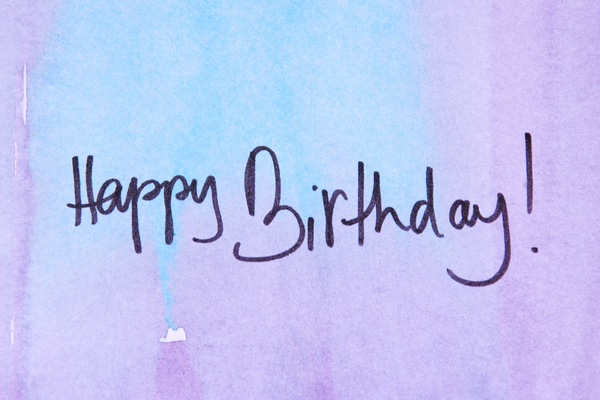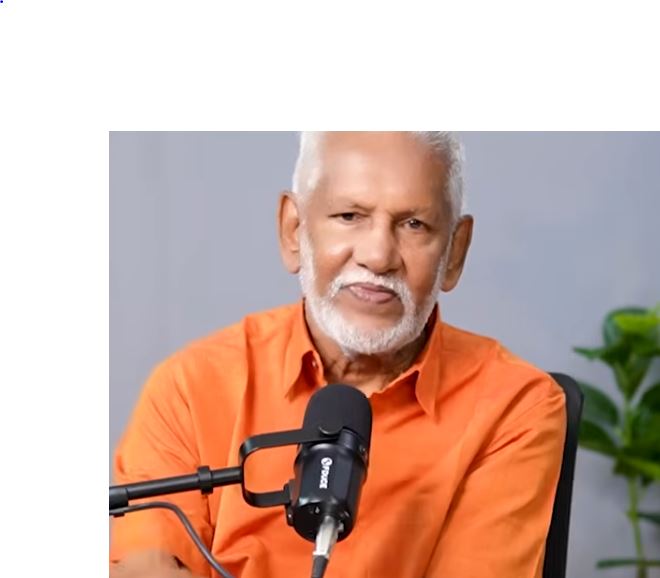Most of the prisons we live in are invisible – By Vincentius Liong/Leong
Source : Vincentius Liong/Leong LinkedIn
They’re not built of walls and iron — but of beliefs, fears, attachments, and stories we keep repeating in our minds.
We say we can’t change, can’t let go, can’t be happy until something outside changes — but in truth, the bars are inside.
Every “I should,” “I must,” “I can’t,” and “I need” adds another layer to the mental cage we build around our own spirit.
Buddhism calls this dukkha — the suffering that comes from clinging and aversion.
When we hold too tightly to our thoughts, identities, or expectations, we become trapped by them.
But when we learn to watch the mind instead of believing every thought it produces, a space opens.
That space is freedom.
Meditation isn’t about stopping thoughts — it’s about seeing them clearly, understanding they’re just passing clouds in a vast sky.
When you realize that you are not the cage, but the sky itself — open, silent, boundless — no thought can imprison you again.
Freedom begins not with changing your life, but with changing your relationship to your thoughts.
The door has always been open.
You just have to notice that the cage was never locked.
“When the mind is free, the world is free.”





















